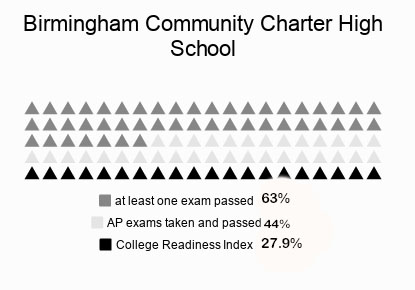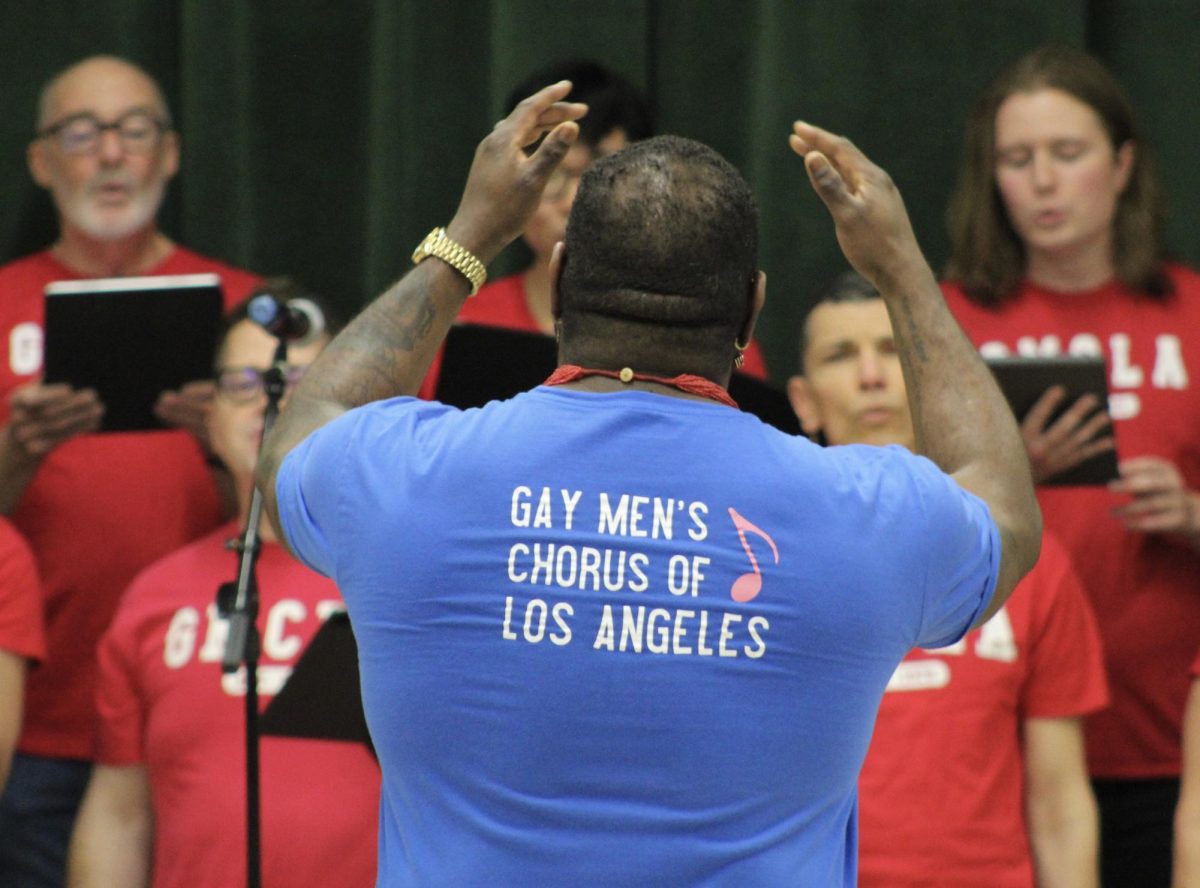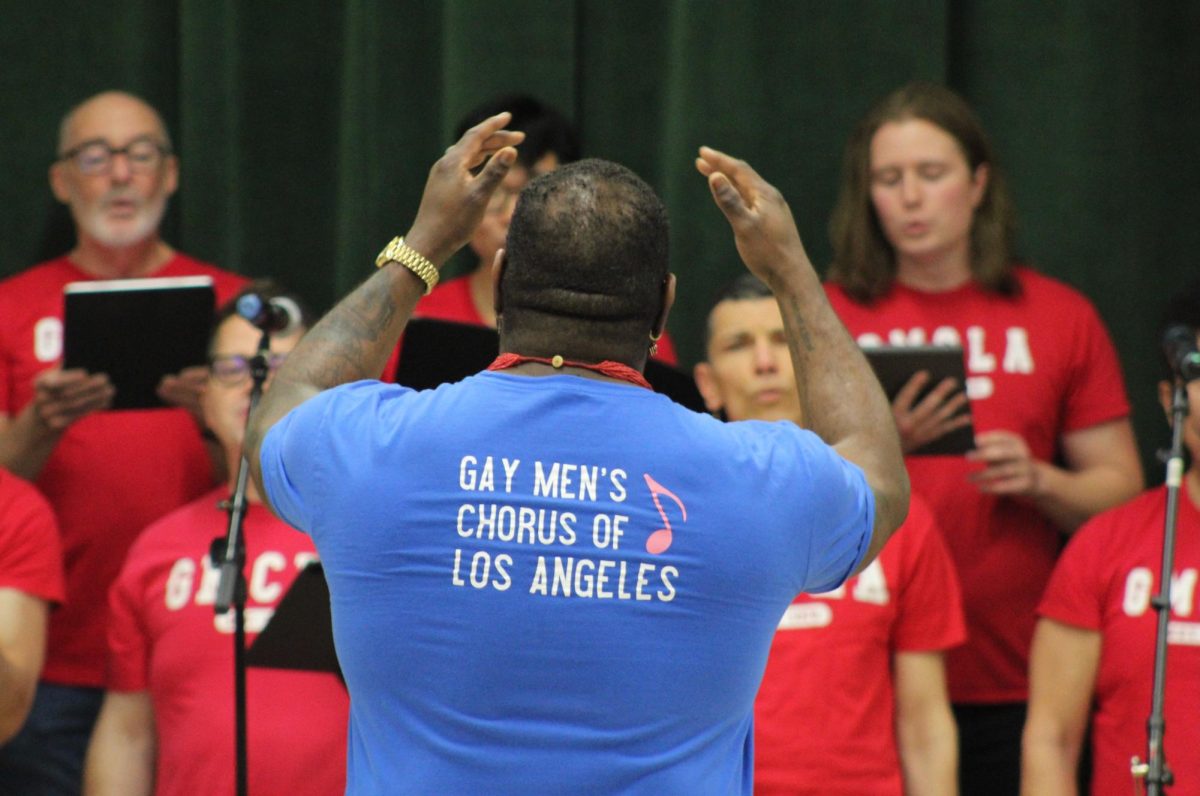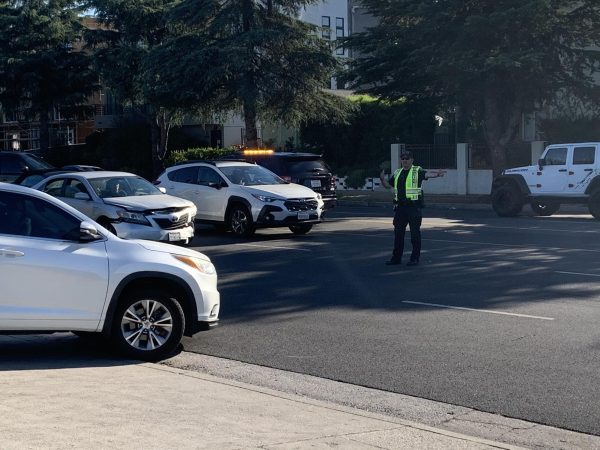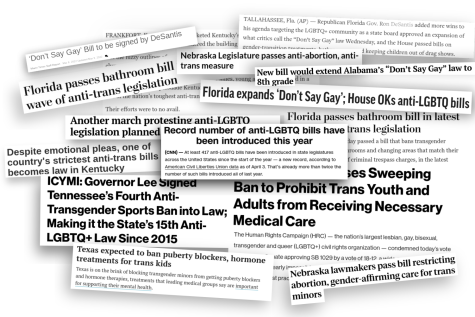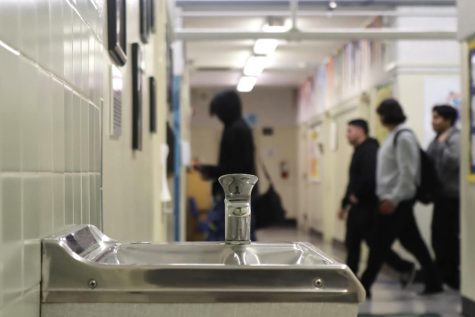Low AP scores raise concern among students
April 20, 2018
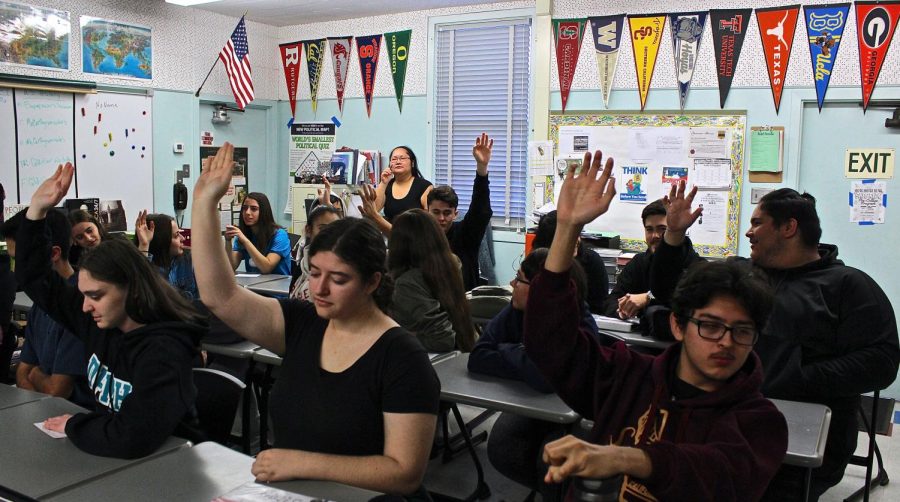
Students in history teacher Davy Mauermann’s first period Advanced Placement United States Government and Politics class vote for a winner in the Supreme Court case debate. The winner advances in the Supreme Court Case March Madness bracket.
As Daniel Pearl Magnet High School’s (DPMHS) Advanced Placement (AP) exam passage rate remains under 60 percent for the fifth year in a row, students begin to wonder why.
“It’s kind of disappointing because we’re a magnet school,” senior Kevin Garcia said. “So normally you’re supposed to see people with excellent scores or above average scores.”
DPMHS’s scores are below both the national and California average of a 60 percent passage rate. Compared with the state’s pass rate, which stays between 62 and 64 percent and a national pass rate, which stays between 60 and 61 percent. DPMHS experiences significant shifts: from 2016 to 2017, the pass rate dropped by 4.4 percent.
Some students attribute the school’s scores to feeling overloaded with information.
“I don’t think it has to do with our teachers,” senior Ruzanna Manvelyan said. “We are given every resource to study, it’s just a lot of content to know.”
A passing score on the AP exams is a 3. Howver, some universities require higher scores to grant credit for the class corrsponding witht the exam.
In 2014, the total of AP students within those parameters was 55.3 percent with 114 students taking exams and 63 of those students passing. This is followed by 2016 which saw 115 exam taking students, 62 of whom passed adding up to a 54 percent pass rate.
The average score for Calculus AB exams when 19 students took it in 2013 was 3.05. Last year, 22 students took the exam and the mean score was 1.64. There is a clear discrepancy.
“I think the year 2013-14 was a high, and that they’ve (scores) kind of been at 2.5 most of the rest of the time,” math teacher Leslie Hicks said. “I had an exceptional class that year. There was a large number of them I had for three classes in a row; that was back when we had 7 periods. That year was a high year and last year, they changed the format of the test and I think it caught us off guard.”
As for English exams, the average pass rate fluctuates throughout the years. However, both English Language and Composition and English Literature and Composition’s highest pass rate was in 2014 with mean scores of 2.53 and 2.71, respectively.
Social science exams had a higher pass rate in 2017 than between 2014 and 2016. Even United States Government and Politics, which tends to yield the lowest mean score out of other history exams, performed better last year than in the last three years.
“I think my students work pretty hard,” said history teacher Davy Mauermann, who teaches AP U.S. History and AP Government. “It’s been increasing because I’ve been doing some log training. Every year I do two trainings. I get a lot of ideas from other teachers and that’s helpful. I’ve changed a lot of the different ways I review. So when I did a lot of those things last year, there was a significant increase in the student’s scores.”
AP exams begin May 7 this year and end May 18.
For the 2014-2015 school year, DPMHS’s college readiness index was lower than 50%. The index measures how prepared students are for college level standards based on factors such as participation on AP exams and combined individual scores.
“I don’t think that I feel prepared for the exams yet, but I don’t think anyone ever feels prepared since we don’t really know what’s on it,” Manvelyan said.


